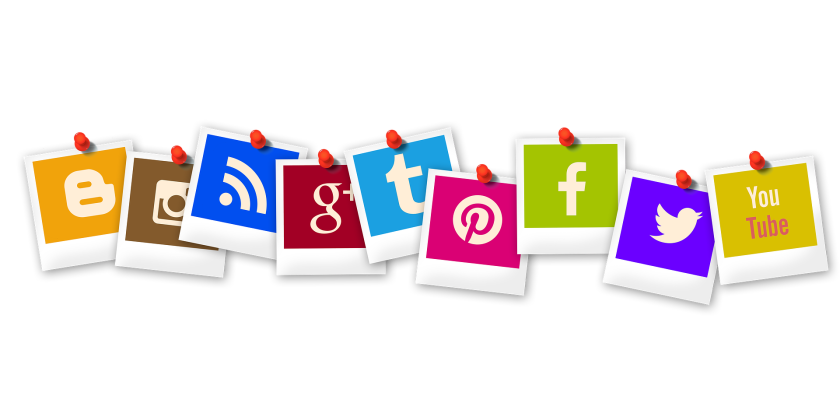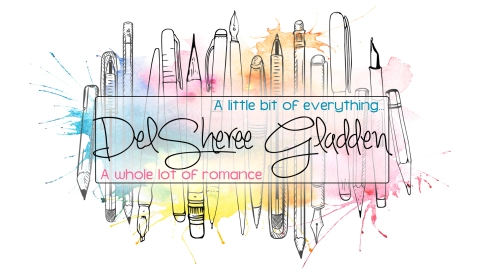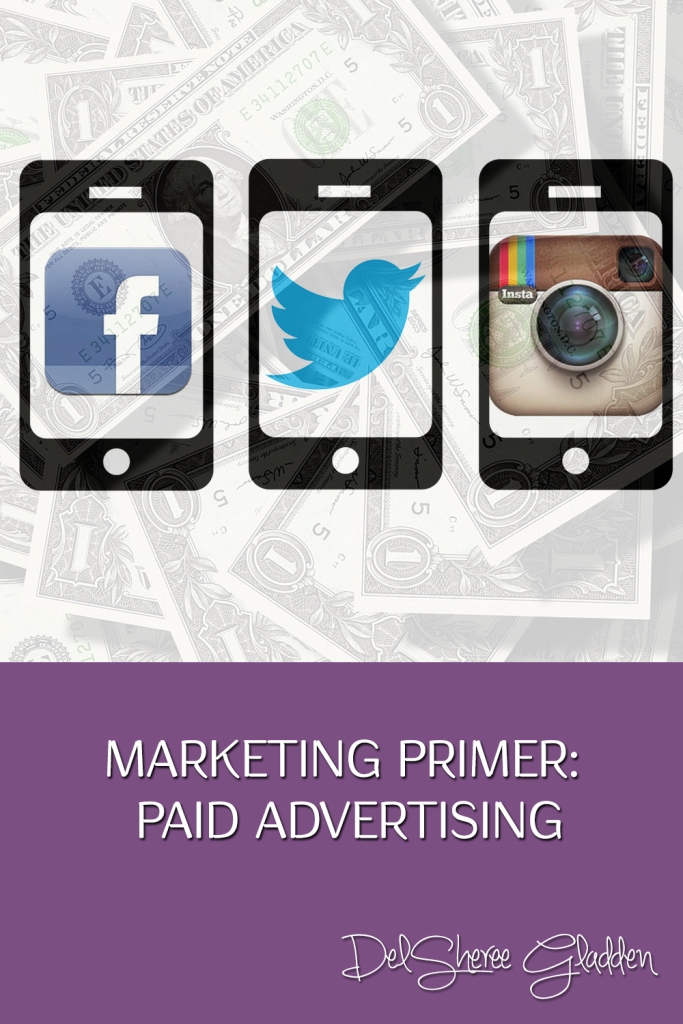Paid advertising doesn’t have to be expensive. Many authors start with very small budgets and increase as they become more adept at using their marketing dollars.
First, let’s learn some of the lingo and basic concepts…
Social Media Advertising can be done on a small or large budget. It is effective for reaching a targeted audience. There is a learning curve (steeper on some platforms than others), but there are a lot of resources available to help authors learn how to maximize the budget and effectiveness.
Influencer Marketing involves an industry expert or celebrity recommending your book or other product to their followers in exchang for a fee.
Banner Ads are the clickable graphics at the top of many websites. They are one of the most effective ways to advertise because they often grab the visitors attention right away. These can be more expensive than other types of ads, but they tend to be worth the money on bigger book-related sites.
Affiliate marketing involves becoming an affiliate with a retailer or organization and hosting referral links on your website or in social media posts. You get paid per click, but you do have to tell visitors/followers that it is an affiliate link.
Ad Retargeting is basically a reminder for customers to check out a product. even after they leave your page or a page you’re advertising on. It is most effective for high traffic websites, but work well with banner ads as well.
A Call-to-Action (CTA) tells customers what you want them to do (buy, sign up, join, etc.). It’s important to have a strong CTA in ads so the customer isn’t left wondering what the next step is.
Return On Investment (ROI) is the ratio of net profit and cost of investment. You want to evaluate ads you run while they are running and after they are completed to see if they were worth the investment. An ROI of 1-2% on Facebook is considered good.
Cost-Per Click (CPC)/Pay-Per-Click (PPC) breaks down you ad spend to see what each interaction is costing you. Ads are usually about twice as effective at getting clicks as organic posts. An average CPC/PPC is $0.25-0.30 average on Facebook in U.S.
Click-Through-Rate (CTR) is the percentage of customers who click through to the next step. Having a clear CTA improves CTR. A CTR of 2-5% on Facebook is considered good.
Now lets look at what advertising option work well for authors
Amazon: Ads on Amazon are set up through your KDP dashboard. You can target similar books or authors. Amazon ads are very effective for most authors, but there is a steep a learning curve. Sign up for an Amazon Ads class to learn how to best utilize this platform.
Facebook: Paid ads have a wider range than boosted ads, which mainly targets followers. In order to serve paid ads, you need to set up your Business Center account with Facebook and be approved.
Pinterest: Advertising on Pinterest allows you to promote pins, create campaigns, and aadvertise stories. Pinterest is effective for advertising because pinners are ready to buy and its user base in constantly growing.
Instagram: Instragram ads can be setup up directly on the app or through a connected Facebook Business Center. You can promote images, videos, stories, and collections. Instagram has high interaction, which makes it an effective advertising option. It can be pricier than other platforms for high engagement industries.
Twitter: The type of ad that tends to work best for authors are objective-based campaigns. These enable you to promote tweets, accounts, trends, or moments. Some readers have very good results advertising on Twitter and others don’t. Consider the strenth of your platform on Twitter before advertising.
Goodreads: This is a reader/book lover focused platform. It can be an effective advertising option, but mainly for those who have cultivated a strong presense there. There are two advertising options on Goodreads: Giveaways of Kindle or print books, which cost $119, and digital ads, which must be set up through a rep. There is no self-serve option. Advertising on Goodreads tends to be quite pricey and less effective than other platforms.

















